
When most people dream of Europe, their minds drift to Parisian cafés, Venetian canals, or London’s skyline. But what if you could experience just as much history, beauty, and culture for a fraction of the cost? Across the continent, a quieter, more authentic Europe awaits.
In a time when over-tourism threatens many iconic cities, several European destinations deliver something increasingly rare: authenticity, affordability, and depth. These places ooze a richer kind of travel—one rooted in experience, not expense.
So why not go beyond the postcards?
Travel light. Spend wisely. Experience deeply. We have concocted five unforgettable and surprisingly affordable European destinations that prove travel magic doesn't need to come with a luxury price tag.
Andalusia, Spain
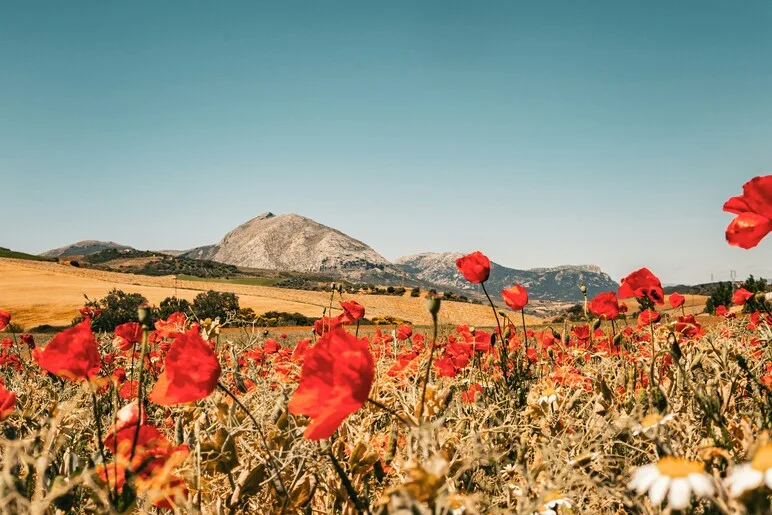
Sun, soul, and centuries of culture are embedded in Andalusia. This Southern Spain region is a feast for the senses. Flamenco rhythms echo through Moorish palaces, orange trees bloom in city squares, and whitewashed villages cling to cliff edges. Tour the Alhambra, Granada’s Moorish jewel. Watch a live flamenco show in a cave tavern. Then, drive through the white villages (pueblos blancos) of the Sierra Nevada while you’re here. Opt for spring and fall for warm temperatures and fewer crowds than the peak summer months.
Why go?
To immerse yourself in the rich blend of Islamic, Jewish, and Christian heritage that defines cities like Seville, Granada, and Córdoba. It’s a land of passion, architecture, and endless sunlight.
Why it’s affordable:
Spain’s south is notably more budget-friendly than its northern cities. Tapas culture means small, satisfying meals for less, and many museums and palaces offer free admission on certain days.
Auvergne, France
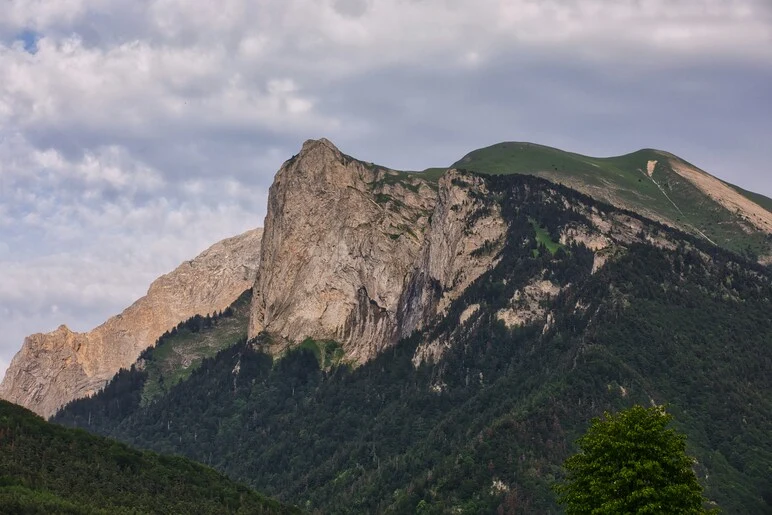
The secret heart of the French countryside is nestled in central France: the Auvergne region. This is a tranquil alternative to tourist-heavy Provence or the Loire. Here, extinct volcanoes rise over green meadows, stone villages nestle in valleys, and cheese is taken as seriously as wine. Late spring to early autumn is ideal for hiking and festivals. Hike the Puy de Dôme, a dormant volcano with panoramic views. Or sample Bleu d’Auvergne and Saint-Nectaire cheeses at local farms while wandering the medieval lanes of Le Puy-en-Velay or Issoire for the rest of your trip.
Why go?
To experience the "real" France—slow-paced, scenic, and deeply rooted in tradition. Whether you’re hiking the Chaîne des Puys, soaking in spa towns like Vichy, or savouring local cheeses and charcuterie, Auvergne offers rustic luxury without the crowds.
Why it’s affordable:
Fewer tourists mean lower prices, even during summer. Markets and family-run B&Bs are both charming and cost-effective.
Budapest, Hungary
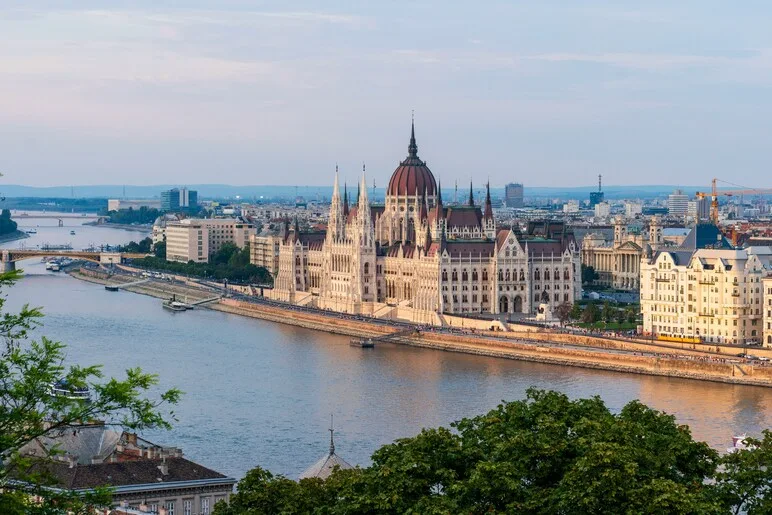
Think thermal baths, grand cafés, and bohemian charm. Few cities represent the visual drama and cultural depth of Budapest. Split by the Danube River into Buda and Pest, the Hungarian capital is a masterpiece of history, architecture, and underground energy. Gothic cathedrals and Neoclassical façades sit beside trendy ruin bars and thermal spas, which are fed by natural hot springs.
Take a nighttime river cruise along the Danube, visit Buda Castle and the historic Matthias Church, and explore the city’s famous ruin pubs in the Jewish Quarter when you come around during spring and early autumn. You’ll find mild weather, fewer crowds, and great hotel rates.
Why go?
For the chance to soak in centuries-old baths like Széchenyi or Rudas, explore the ornate Parliament building, and watch the city glow from Fisherman’s Bastion at sunset. Budapest combines imperial elegance with edgy creativity.
Why it’s affordable:
Budapest consistently ranks among Europe’s best-value capitals. Dining, transport, and accommodations are budget-friendly, and many cultural landmarks are low-cost or free to enter.
Kraków, Poland
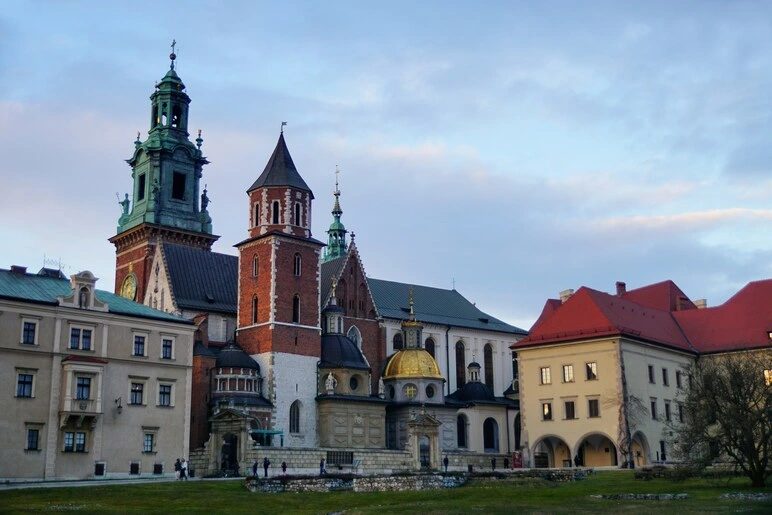
Kraków is a timeless beauty with a youthful pulse. Dubbed as one of Europe’s most captivating cities, both for its haunting history and vibrant present, you can visit Wawel Castle and St. Mary’s Basilica, as well as discover underground bars and jazz clubs in the Old Town. Take a day trip to Wieliczka Salt Mine, an underground wonder if you have more time! May to June and September to October depict the best time to visit when the weather is mild and tourism is more relaxed. Kraków’s perfectly preserved medieval old town, Gothic churches, and a castle overlooking the Vistula River make this city a UNESCO World Heritage Site.
Why go?
To stroll the massive Main Market Square, visit the poignant Auschwitz-Birkenau Memorial, and enjoy Kraków’s emerging food and nightlife scenes. Despite its deep roots, Kraków buzzes with youthful energy.
Why it’s affordable:
Poland offers exceptional value. A three-course dinner can cost less than €15, and public transit and accommodations are among the cheapest in Central Europe.
Transylvania, Romania
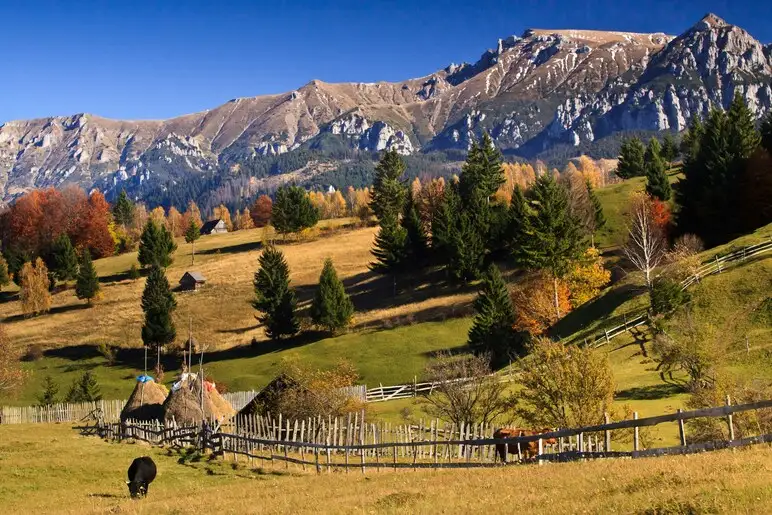
Myth and history intertwine in Transylvania. Mention this city and Dracula may come to mind—but this region is far richer and more nuanced than fiction suggests. Set against the dramatic backdrop of the Carpathian Mountains, Transylvania is a land of storybook villages, fortified churches, and quiet charm. You can drive the Transfăgărășan Highway (called the most scenic road in the world), explore UNESCO-listed fortified churches in villages like Viscri, and visit Peleș Castle, one of Europe’s most beautiful royal residences. Stop by in Autumn when the forests blaze with colour and tourist numbers drop.
Why go?
To explore medieval cities like Sighișoara and Brașov, hike wild mountain trails, and visit Bran Castle, often linked to the Dracula legend. The region also offers a growing culinary scene and a glimpse into traditional rural life.
Why it’s affordable:
Romania remains one of the cheapest countries in the EU, with meals, transport, and lodging available at half the cost of Western Europe.




 Mirella Pandjaitan
Mirella Pandjaitan
 Dec 21, 2025
Dec 21, 2025